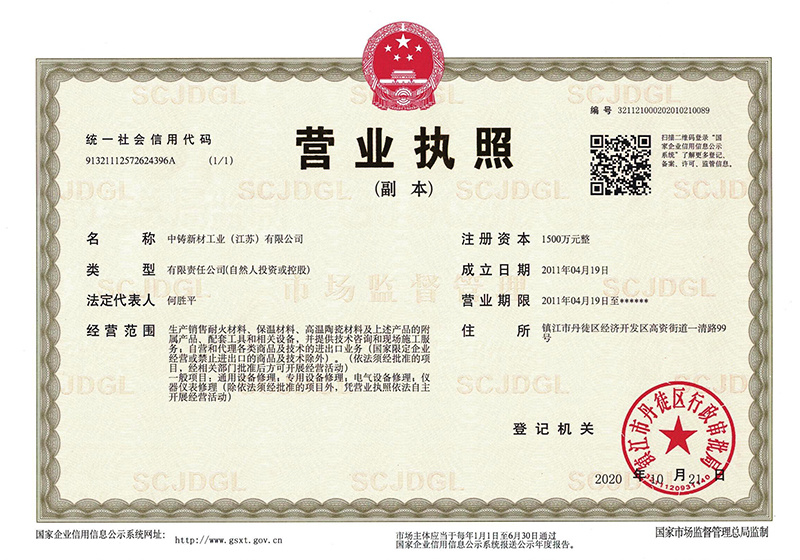
Intelligent Equipment
Smelting of metal silicon
Metal silicon smelting is a high-temperature process that plays a vital role in the production of various alloy materials used in industries such as construction, electronics, and transportation. The process involves the reduction of silicon dioxide with carbon in a furnace, resulting in the production of metal silicon.
The smelting of metal silicon requires careful control of temperature, pressure, and chemical reactions, as any deviation can lead to inconsistent product quality and reduced efficiency. Additionally, the choice of raw materials, such as the type and quality of silicon dioxide and carbon used, can significantly affect the final product's properties.
Various smelting methods and technologies are employed in the production of metal silicon, including submerged arc furnaces, electric arc furnaces, and plasma smelting. Each method has its advantages and disadvantages, and the choice of method is typically determined by factors such as production capacity, raw material availability, and cost.
The demand for metal silicon continues to rise due to its unique properties, including high thermal conductivity, low coefficient of thermal expansion, and good electrical conductivity. As such, advancements in metal silicon smelting technology and processes continue to be explored to meet the growing demand while improving efficiency and reducing environmental impact.
In summary, metal silicon smelting is a critical process in the production of many alloy materials used in various industries. The smelting process requires careful control and consideration of various factors, and advancements in technology aim to improve efficiency and sustainability in metal silicon production.
The smelting of metal silicon requires careful control of temperature, pressure, and chemical reactions, as any deviation can lead to inconsistent product quality and reduced efficiency. Additionally, the choice of raw materials, such as the type and quality of silicon dioxide and carbon used, can significantly affect the final product's properties.
Various smelting methods and technologies are employed in the production of metal silicon, including submerged arc furnaces, electric arc furnaces, and plasma smelting. Each method has its advantages and disadvantages, and the choice of method is typically determined by factors such as production capacity, raw material availability, and cost.
The demand for metal silicon continues to rise due to its unique properties, including high thermal conductivity, low coefficient of thermal expansion, and good electrical conductivity. As such, advancements in metal silicon smelting technology and processes continue to be explored to meet the growing demand while improving efficiency and reducing environmental impact.
In summary, metal silicon smelting is a critical process in the production of many alloy materials used in various industries. The smelting process requires careful control and consideration of various factors, and advancements in technology aim to improve efficiency and sustainability in metal silicon production.
| Product Name | Al2O3% | SiO2% | bulk density(g.cm¯³) | Maximum service temperature(℃) |
| SIL-RAM 165CR | 0.5 | 97.5 | 2.1 | 1700 |
| SIL-RAM 265CR | 0.5 | 97.5 | 2.1 | 1700 |
| ULTRA-RAM 953 | 0.5 | 99.2 | 1.9 | 1650 |
| ALU-PAK 73CR | 75.0 | 9.0 | 2.85 | 1750 |
| ULTRA-FLO 885 | 84.3 | 11.5 | 2.87 | 1750 |
| COIL CRETE 590 | 91.0 | 2.0 | 2.8 | 1760 |

WeChat public account

View mobile website
Address : No. 99, Yiqing Road, Gaozi Street, EconomicDevelopment Zone, Dantu District, Zhenjiang City
Fax : +86-511-85683066
E-mail : sales@sfr168.com
Website : https://www.sfr168.com
Copyright©2023 Sino-Foundry Refractory(Jiangsu) Co.,Ltd. Powered by:www.300.cn
Copyright©2023 Sino-Foundry Refractory(Jiangsu) Co.,Ltd.
IPV6 | SEO | Cloud Information


